They are called "hikikomori" and, by the government 's definition, these people live in isolation for at least six months.
Some people only go out occasionally to buy groceries or participate in certain activities; some don't even leave their bedrooms. The term "hikikomori" was coined in the 1980s, and the problem has been a source of concern for the past decade. Now, the COVID-19 pandemic has made the situation worse.
The survey was conducted on 12,249 people. Of these, about 2% of people aged 15-64 were identified as hikikomori. If the population is included, this rate corresponds to 1.46 million people. Common reasons leading to social isolation are pregnancy, job loss, illness, retirement, poor personal relationships... However, the leading cause mentioned in the survey was COVID-19.

A hikikomori inside his home in Zushi City, Japan. Photo: ABC
A study published in February found that COVID-19 has reduced opportunities to interact with others in Japan. The study also said the pandemic has exacerbated existing social problems such as loneliness, isolation and financial hardship.
Before the pandemic, hikikomori were also linked to a demographic crisis. For families of hikikomori, this posed a double challenge known as the “8050 problem,” which refers to isolated people in their 50s living off parents in their 80s.
At the time, authorities also cited other factors, such as the growing trend of singlehood due to the declining appeal of dating and marriage, and online life also weakening real-life relationships.
In 2018, the Japanese Ministry of Health , Labor and Welfare established an organization to support people affected by the hikikomori phenomenon. In addition, local authorities also provide support services, such as home visits and counseling for affected people, and support for middle-aged and elderly people at home.
However, these services have not received much attention since the COVID-19 outbreak. In December 2022, the Japanese government announced new measures to deal with the problem of loneliness, such as conducting a campaign to raise public awareness and prevent suicide through social networks, increasing the number of school and social counselors, and providing regular phone counseling for people with few social relationships.
Source



![[Photo] Many dykes in Bac Ninh were eroded after the circulation of storm No. 11](https://vphoto.vietnam.vn/thumb/1200x675/vietnam/resource/IMAGE/2025/10/15/1760537802647_1-7384-jpg.webp)
![[Photo] Conference of the Government Party Committee Standing Committee and the National Assembly Party Committee Standing Committee on the 10th Session, 15th National Assembly](https://vphoto.vietnam.vn/thumb/1200x675/vietnam/resource/IMAGE/2025/10/15/1760543205375_dsc-7128-jpg.webp)
![[Photo] General Secretary To Lam attends the 18th Hanoi Party Congress, term 2025-2030](https://vphoto.vietnam.vn/thumb/1200x675/vietnam/resource/IMAGE/2025/10/16/1760581023342_cover-0367-jpg.webp)


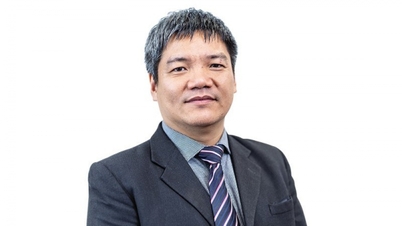


















![[Video] TripAdvisor honors many famous attractions of Ninh Binh](https://vphoto.vietnam.vn/thumb/402x226/vietnam/resource/IMAGE/2025/10/16/1760574721908_vinh-danh-ninh-binh-7368-jpg.webp)













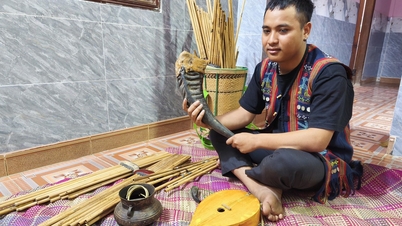
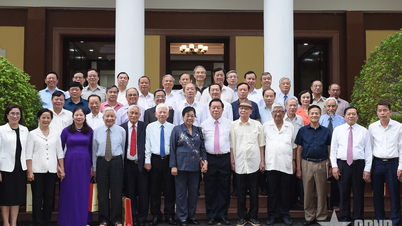






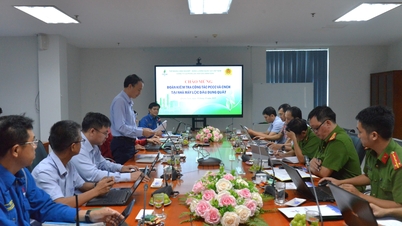











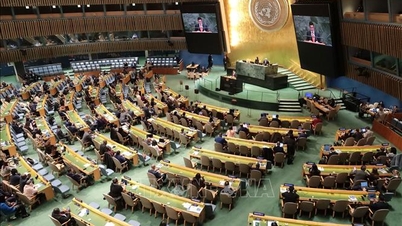






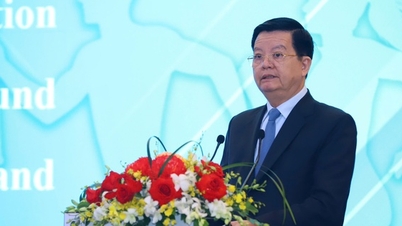


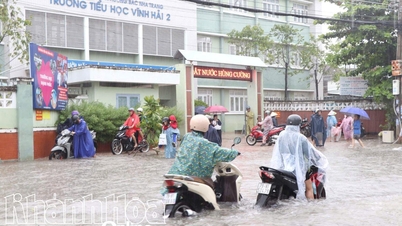




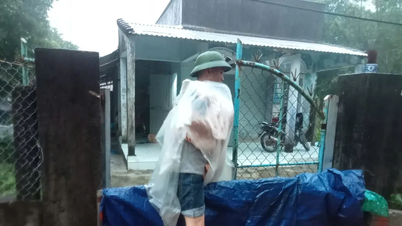





















Comment (0)